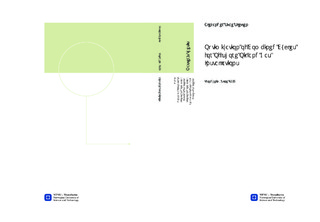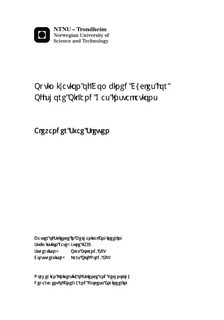| dc.description.abstract | With the increasing focus on the greenhouse effect and the introduction of taxation on NOX and CO2 emissions there has been an increased interest in reducing the emissions from the offshore oil and gas installations to bring down the operating costs. This makes the possible use of combined cycles as a source for power production offshore of great immediate interest. Compared to the simple cycle gas turbines typically used offshore today, combined cycles offer a significantly improved thermal efficiency and as such reduced emissions and fuel consumption. However, the large weight and area requirements for combined cycles are a concern; for offshore applications a compact system is needed.This thesis is an extension of the project work Process simulation of combined cycles for offshore applications, written autumn 2012, and focuses on optimizing the design developed in that work. The design parameters for the system developed in the project work were optimized in MATLAB using a connection between MATLAB and a Microsoft Excel spread sheet linked with GT PRO. The thesis includes the development of an objective function and a screening of the potential MATLAB optimization methods. After the optimization methods were decided upon, adjustments were made to them in an attempt to improve the optimized solution, and a brief comparison of the different optimization methods was carried out. Finally, the best solution was compared to that of the project work, both in respect to the individual design parameters and total system performance.Through this thesis it has become apparent that the selection of objective function is of paramount importance, the optimized solution will only be as good as the selected function. In terms of the optimization methods, there were fairly small differences between the various algorithms, though the pattern search with a MADSPositiveBasis2N search algorithm seemed to be a good option for obtaining the best possible solution. In comparison to the design developed in the project work, there were noticeable improvements to be had in terms of power production and weight savings. Overall, the main components of the optimized solution were 493 kg lighter and able to produce an additional 268 kW when compared to the project work, corresponding to a 2.6 % improvement in the value of the selected objective function. This may not sound like much, but the cumulative savings over the lifetime of an installation may become quite significant. Overall it appears to be quite advantageous to optimize the design of combined cycles for offshore oil and gas installations. Once a suitable objective function is established a quite good optimized solution can be realized in relatively short time. It does not appear to be necessary with many adjustments to the optimization parameters, though adjustments can be made if a better solution is sought after. | nb_NO |

